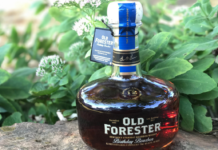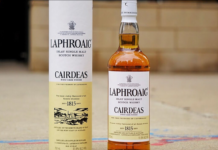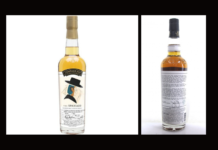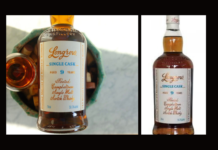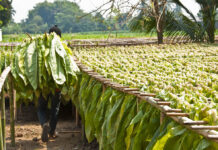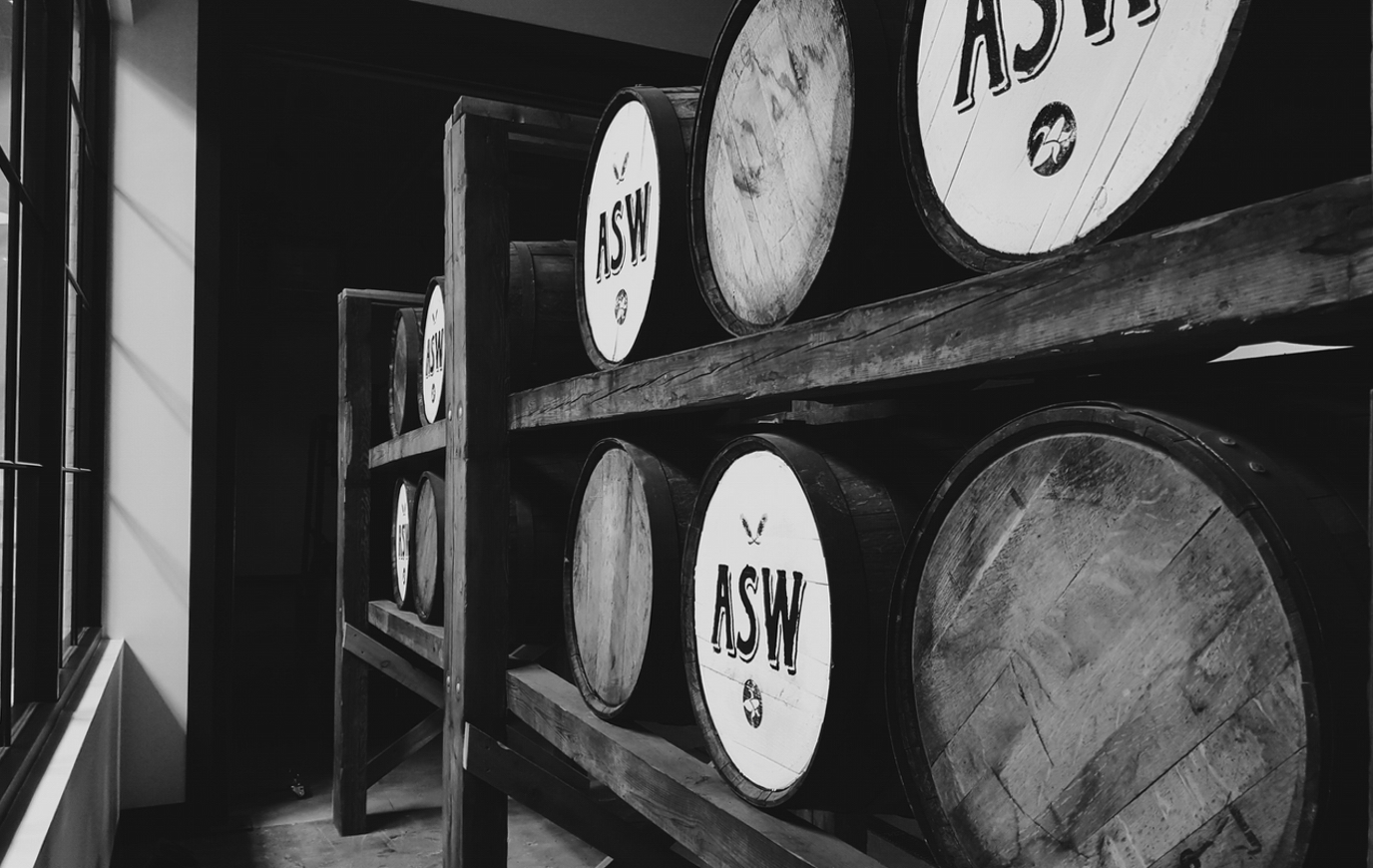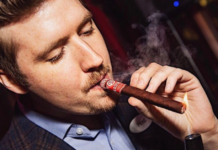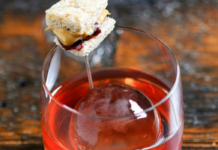Tastethedram spoke to the Co-Founder Jim Chasteen and the Head Distiller Justin Manglitz about American Whiskey made in Atlanta, GA.
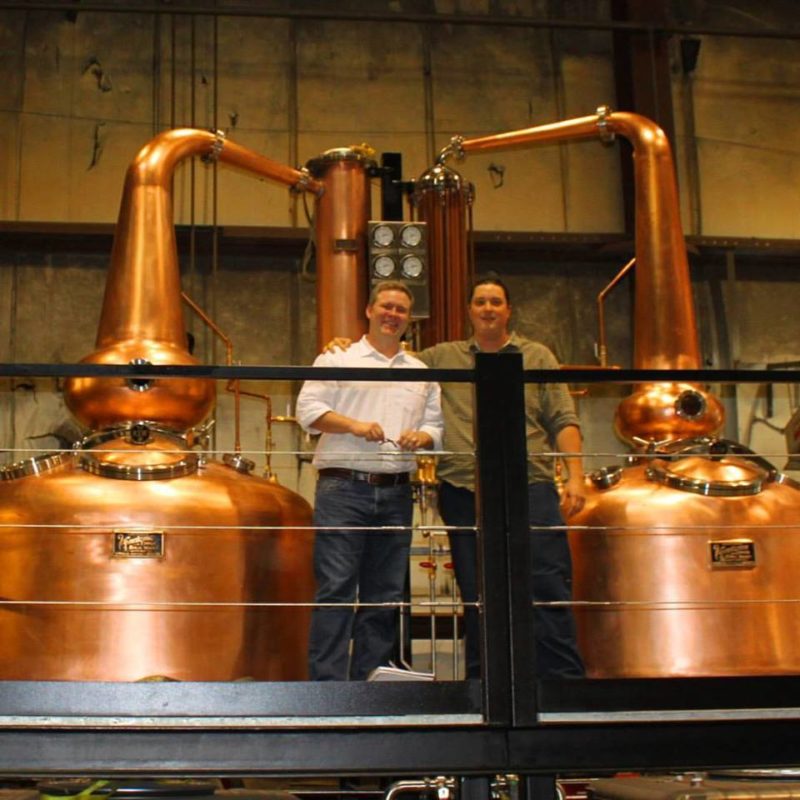 Jim, Justin, tell us a bit about yourselves. What were you both involved in before getting into the spirit distillation business?
Jim, Justin, tell us a bit about yourselves. What were you both involved in before getting into the spirit distillation business?
JC: I traveled around the Southeast raising money for a real estate company. I met a lot of great folks and had the opportunity to be involved with many companies from concept to completion. Charlie and I had started American Spirit Whiskey as a hobby, and eventually it was time to raise money for our own company instead of doing it for other people.
JM: I owned Athens, Georgia’s homebrew supply store and was active in the homebrewing community. I remain friends with a number of former customers who have gone on to work at some very well-respected breweries throughout the U.S., including Atlanta’s own Wild Heaven, Rahr and Sons, Wolf Hills, and Wicked Weed, among others.
Jim, please tell me how the distillery came about?
JC: My co-founder, Charlie Thompson, and I had developed an affinity for whiskey in our days as roommates at UGA, and a few years after we graduated, we decided on a whim to see if we could make our own. As nerdy as it sounds, we bought a book called The Business of Spirits, and, allegedly, came up with the recipe for our first brand, American Spirit Whiskey, on a stovetop in Atlanta. At the time, Georgia’s distillery laws were relatively challenging because you couldn’t serve any samples in a tasting room, so we partnered with a facility in Charleston to make that recipe for us. The success of that brand gave us the foundation for making our dream of opening a whiskey distillery in our hometown a reality.
What have been the main challenges involved in setting up a new distillery?
JC: Cash flow is probably the single biggest challenge for all start up distilleries. It is especially challenging for whiskey houses as opposed to distilleries making vodka and gin. Pretty much all we make besides American Spirit Whiskey (a very lightly aged spirit whiskey) has to spend significant time in a barrel before it reaches shelves. So we’ve had to get creative in finding other paths to revenue while we wait for the vast majority of our whiskey stocks to mature.
These include private events at the tasting room, operating a retail mercantile within our tasting room, and developing a foraged bourbon line called Fiddler that affords us the opportunity to find interesting whiskeys from around the country, finish them in-house, and present them to our fans. With Fiddler, we hope to be at the forefront of a burgeoning whiskey exchange, similar to what you see in Scotland. Up until this point, the vast majority of bourbon on the shelves has come out of just a few distilleries in the U.S. which haven’t traditionally been inclined to trade barrels. But with the advent of the craft spirits movement, we hope and believe this will change.
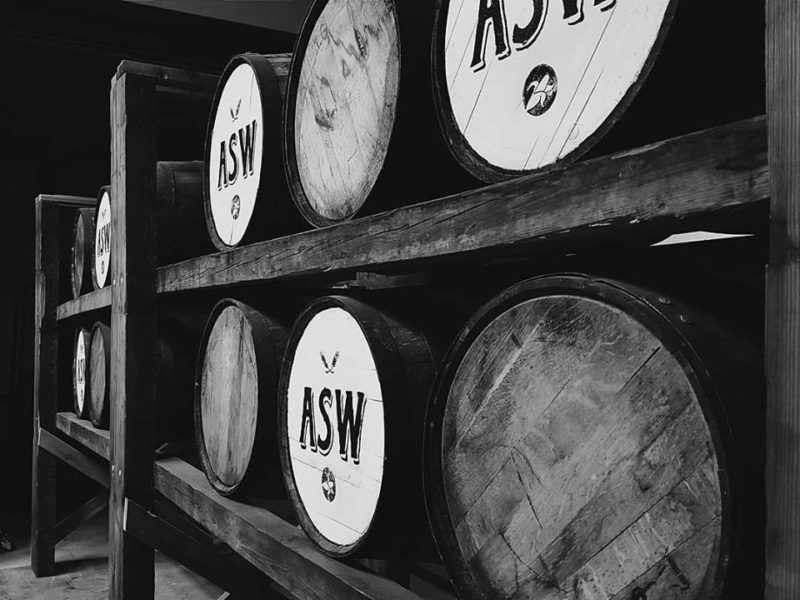 JM: There are no official definitions in the U.S. for those titles and really not much consistency as to how they are applied. Sometimes a Master Distiller is essentially a figure head, other times they are expert tasters, more like what the Scots term “Master Blenders.” Other times people calling themselves “Master Distillers” have a more technical and production-oriented role in addition to tasting and blending duties. That umbrella approach is where I fall, but I personally prefer “Head Distiller” rather than “Master Distiller”.
JM: There are no official definitions in the U.S. for those titles and really not much consistency as to how they are applied. Sometimes a Master Distiller is essentially a figure head, other times they are expert tasters, more like what the Scots term “Master Blenders.” Other times people calling themselves “Master Distillers” have a more technical and production-oriented role in addition to tasting and blending duties. That umbrella approach is where I fall, but I personally prefer “Head Distiller” rather than “Master Distiller”.
As Head Distiller, I use my 15 years of experience making booze to plan and physically carry out every aspect of producing our spirits. From designing mash bills, selecting yeast strains and cooperage to mashing, fermenting, and of course distilling and barreling. After maturation, I select the casks to bottle and direct the bottling, though all of us participate on the filling line. Jim helps substantially with production as Assistant Distiller in general, as well.
That’s very interesting Justin. Thanks for clarifying that all up. In your opinion what makes a great dram?
JM: A balance of mash-derived and cask-derived flavors with both complexity and smoothness built on the foundation of a nice, viscous body.
Okay let’s get to the fun stuff! What whiskey expressions do you currently produce and how are they different.
JM: Fiddler Bourbon – This is our line of foraged bourbon that we finish in-house. In addition to foraging only for whiskeys with unique mash bills – such as the 51% corn, 45% wheat, 4% malted barley mash bill of the current expression – we finish these in unique ways in-house. For example, we finished the current version of Fiddler on toasted staves of Georgia oak heartwood that we harvested ourselves and seasoned outdoors for over a year.
Resurgens Rye – Atlanta’s first rye since Prohibition, we distilled Resurgens on our traditional, Scottish-style twin copper pot stills from a mash of 100% malted rye, then matured it in new, charred white oak barrels. We commissioned Athens artist David Hale – known for creating some incredible beer labels for our fellow craft breweries – to design the label, a take on a phoenix that represents both Atlanta’s symbol and the renaissance of rye we’ve seen in the last decade after its near complete extinction after Prohibition.
Single Malt – We partner with local breweries to craft world-class single malts of 100% malted barley, including our current release with Monday Night Brewing – aptly titled, Monday Night.In-House Bourbon – A unique take on America’s native spirit, we reduced the corn in favor of various flavorful malts and distilled this with the grains in. Currently maturing in new, charred white oak barrels, we’re quitepleased with how this is coming along.
Double Malt – The first Double Malt Whiskey in the South, and perhaps in the entire U.S., forging the Caledonian tradition of smoked single malt barley and the Appalachian innovation of our own single malt rye. Currently maturing in charred white oak barrels, we’re likewise pleased with how this is developing.
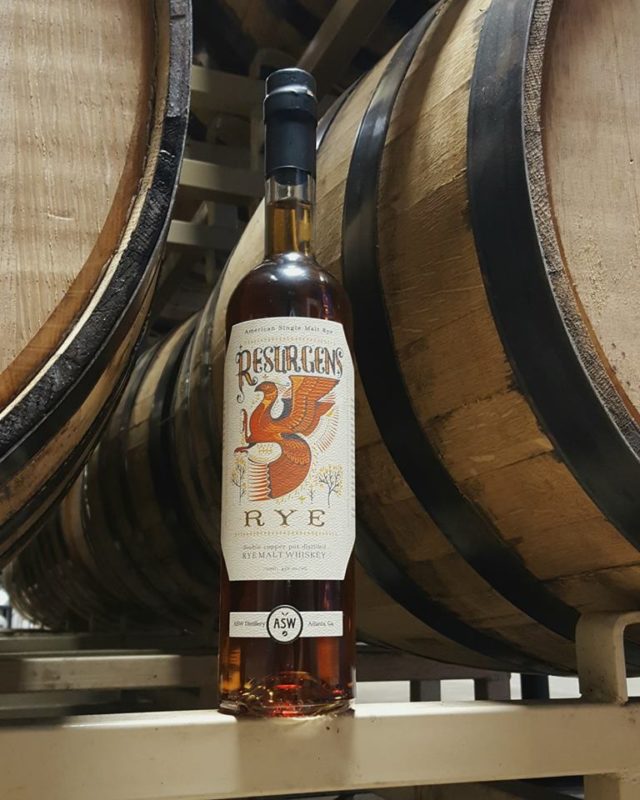 JC: Pot-distilled, grain-in, flavorful (does that count as 3 words?)
JC: Pot-distilled, grain-in, flavorful (does that count as 3 words?)
Justin, is there a flavor profile that you aim to achieve when malting, mashing, fermenting, distilling and maturing?
JM: I like to experiment with grains, then structure my mashing, fermenting, distillation, and maturation processes to let the nature of the grains shine.
Justin, what are the maturation conditions like?
JM: As our rickhouse is climate-controlled, maturation conditions are not that dissimilar from Scotland’s cool dunnage warehouses, though our facility is humid for half the year and dry for half. We’ll be able to store our first few year’s worth of production in this facility, after which we’ll seek additional storage off-site, likely in a non-climate-controlled warehouse.
Jim, what led you to start your own business?
JC: I genuinely love whiskey and wanted to build a company that would afford me the wherewithal to make it, and the autonomy to make it well, with a focus on ingredients.
Let’s get a bit personal guys. Do you remember your first drams? Do you drink whiskey neat or on the rocks?
JC: Likely Jack Daniels in college. Then I was into single-malts for a long time. My parents don’t drink, so I was a late bloomer unlike Justin
JM: Either a blended scotch at my Uncle Chris’s funeral or some white tequila straight from the bottle during a Friday night delinquenting. Both were in 6th grade but I don’t recall which came first.
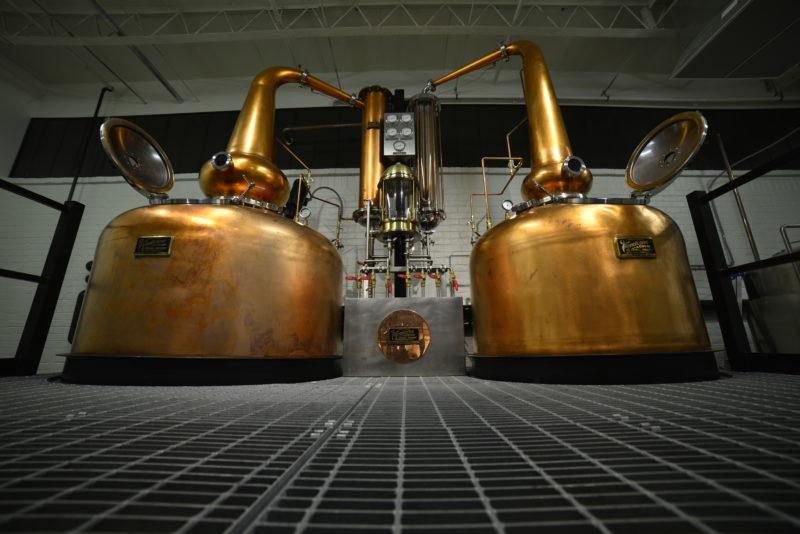 JM: For most whiskey, “handcrafted” and “small batch” are just words someone stuck on the label, whereas our whiskies are truly both those things. But that alone does not guarantee quality.
JM: For most whiskey, “handcrafted” and “small batch” are just words someone stuck on the label, whereas our whiskies are truly both those things. But that alone does not guarantee quality.
Every factor that goes into whiskey production is important. Selecting the right inputs for a specific project, mashing to maximize both flavor and efficiency, fermenting appropriately and consistently, a vigorous wash distillation and a gentle spirit distillation, accurate gauging, cask selection and marrying, and of course, cleaning, cleaning, and more cleaning all top the list. I always say that attention to detail is the foundation of great whiskey, and I mean it. I insure quality by personally carrying out every operation myself.
Where do you see your distillery 5 years from now?
JC: We hope to be providing Atlanta and the Southeast with some of the most innovative and flavorful whiskies on the market, whiskies that people can point to with pride as representative of our home state. We want to be a part of the resurrection of a small-batch distilling tradition that all but vanished (legally), but is now reemerging from roots as deep as any Southern tradition.





